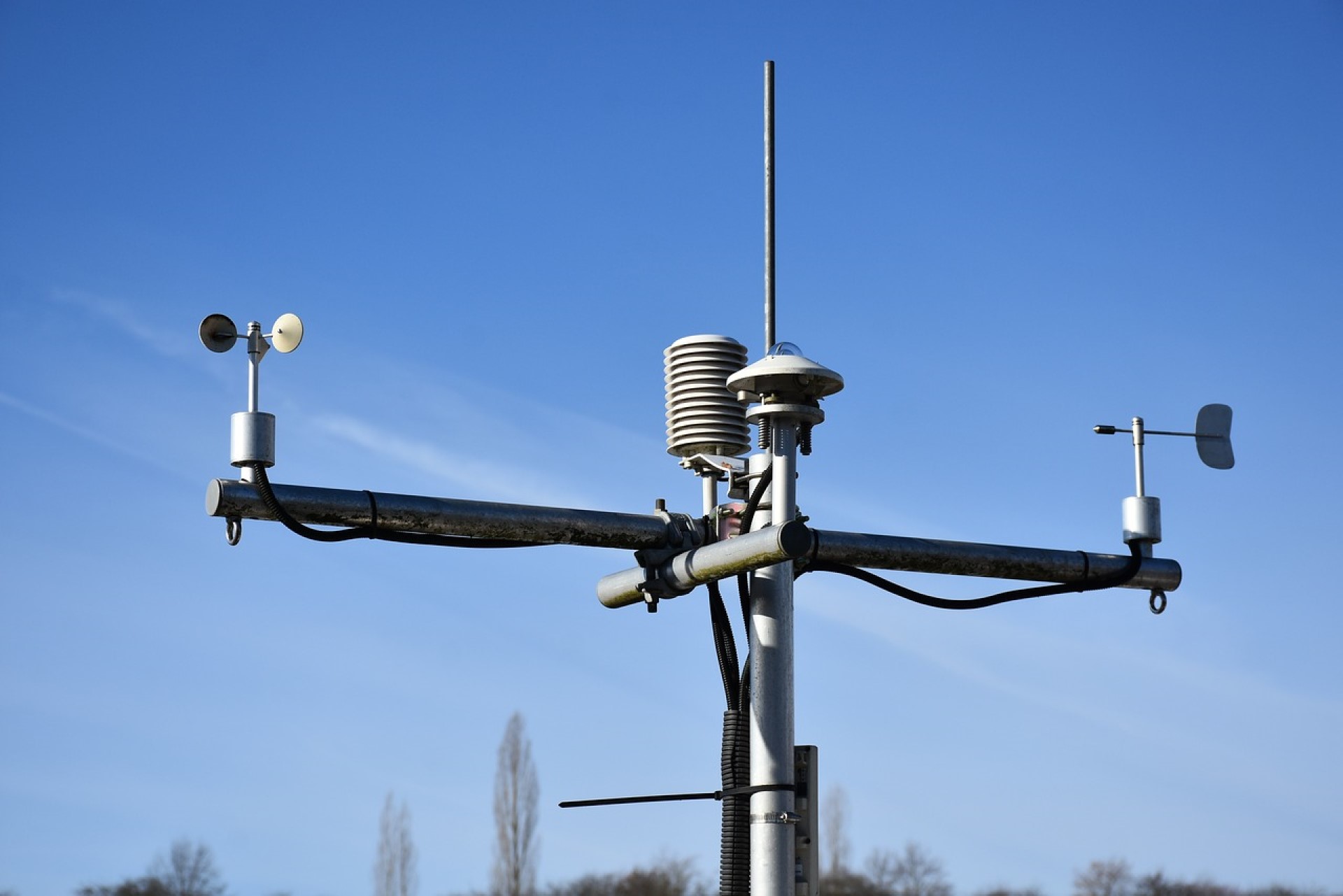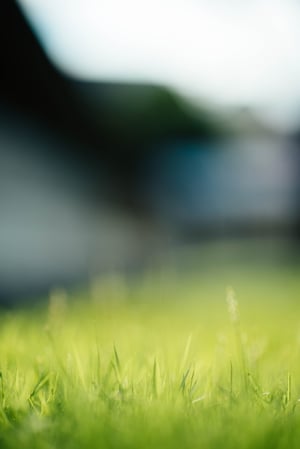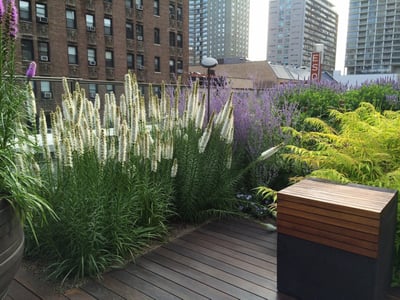
Existing green roofs can give us lots of information for future sustainable design, as long as we take care to monitor them carefully.
It’s a bird! It’s a plane! It’s a 12 percent increase in relative humidity!
… is something you’ve never said.
Yet perhaps you would if you had an amazing green roof monitoring station. (Ahem, like the one we just installed on a municipal building in the Village of Orland Park. Not to brag.)
The ability to monitor green roofs is an important one, and one that we here at Ecogardens have been pushing for some years now. Taking the time and spending the extra money to add in monitoring capabilities to green roofs can bring us a wealth of knowledge and significantly increase the value of green rooftop infrastructure.
Here’s why it matters and how you can monitor green roofs effectively.
Why Should We Monitor Green Roofs?

Monitoring green roofs is not a new idea. Multiple universities, municipalities, industry experts and other organizations have installed systems to monitor green roofs after they’re built.
The problem with leaving it at just a few studies and calling it “good” is that green roofs vary so much on a regional level. We can get the most fantastic data from a roof in Philadelphia, but that doesn’t tell us enough about Seattle. Even if we monitor a green roof in Detroit, its data will be different than a green roof in Chicago.
Heck, it’s different from rooftop to rooftop right in the Loop.
No two green roofs are alike, plain and simple.
Every roof has unique qualities, stemming from the building, the type of system and regional weather events. That’s why having the ability to grab data sets from each roof, where feasible, makes a lot of sense.
Monitoring allows us to compare plant performance, correlate performance with weather data (cold, wet, dry), track stormwater management and understand how a rooftop will hold up in 5 or 10 years. With monitoring, we can track how the types and numbers of plants affect water retention and the resiliency of the system.
What Kind of Information Should We Capture When We Monitor Green Roofs?
 When we monitor green roofs, we need to make sure to grab the right types of information. It’s not enough to throw up a pretty weather station; the stats we harvest must have value for future building and public messaging.
When we monitor green roofs, we need to make sure to grab the right types of information. It’s not enough to throw up a pretty weather station; the stats we harvest must have value for future building and public messaging.
Important data to collect include:
- Local weather patterns
- Rooftop temperatures on green roofs versus bare membranes
- Evapotranspiration (how much water leaves the roof through evaporation and plant transpiration)
- Moisture levels
- Water quality
Information like this allows us to ask important questions such as “When you put a 4-inch roof on this building and it rains 2 inches in 24 hours, how long does it take for that water to leave the roof again?” or “Once the water leaves the roof, how many pollutants have been removed?”
Questions like these are critical to winning the fight against stormwater, pollution, the urban heat island effect and more. When we monitor green roofs carefully, we can also make adjustments to drainage, water retention layers, plant types and more.
Over time, this allows us to design better rooftops, more closely tailored to the individual setting, more resilient to the hardships of rooftop living (wind, sun, rain, storms, etc.) and easier to steward decades into the future.
How Does the Public Benefit from Green Roof Monitoring?
 When we monitor green roofs, the benefit to industry insiders, landscapers and ecology experts is obvious.
When we monitor green roofs, the benefit to industry insiders, landscapers and ecology experts is obvious.
It’s less obvious how the public benefits, but this is a critical point. When we have information that the public can view – local weather, water retention and green roof health – it becomes much more relevant for the Everyhuman (if you will).
It’s even better to put a livestream on a rooftop, where people can witness the wildlife presence, the plants growing, the water absorbing. This too makes rooftops less academic and more relevant to all of us. That in turn makes people more likely to vote for installation on public buildings, companies to contract for green roofs and individuals to consider green infrastructure on their own properties.
And of course, green roof data tells us how to steward rooftops in future, to increase both sustainability and resiliency and continue to provide those awesome stormwater benefits.
It's true that monitoring equipment costs money, and you need the capacity to track it for a given amount of time. But even some basic monitoring devices can increase the value of a green roof – both to the owner and to the general environmental cause.
Want to learn more? Please feel free to get in touch with us here at Ecogardens today.

